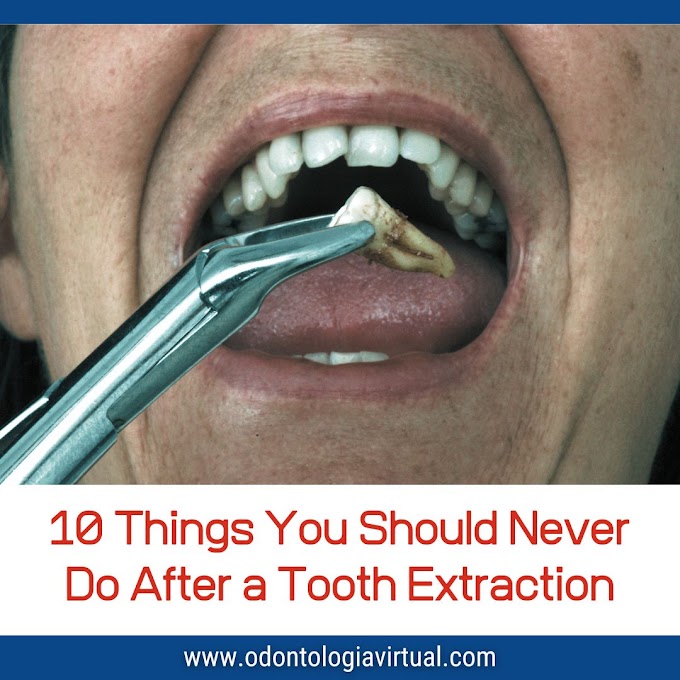Spring aligners or spring retainers have been used for minor tooth movement for the past 25 years or more. The original design was developed for very minor tooth movement and mostly for rotations.
All spring aligners are fabricated on casts in which model surgery has been performed. The anterior teeth needing correction have been removed and reset in an ideal position in wax on the working cast.
The appliance is then fabricated on the corrected cast so that when worn by the patient the “built in” forces correct the misaligned teeth.
The first spring retainers were Hawley retainers with labial acrylic fabricated on the corrected working models.
The first spring aligners were mini postioners or cuspid to cuspid spring retainers. With the addition of lingual ball clasps, the fear of swallowing or aspirating the appliance was reduced.
Adding loops or helixes to the lingual and labial components, often called a super spring retainer, was developed to allow a more aggressive correction of the misaligned teeth.
This design flexed more or “opened up more” so that the appliance would be able to be fitted even with a greater correction of the misaligned teeth. These designs had a separate labial and lingual element.













